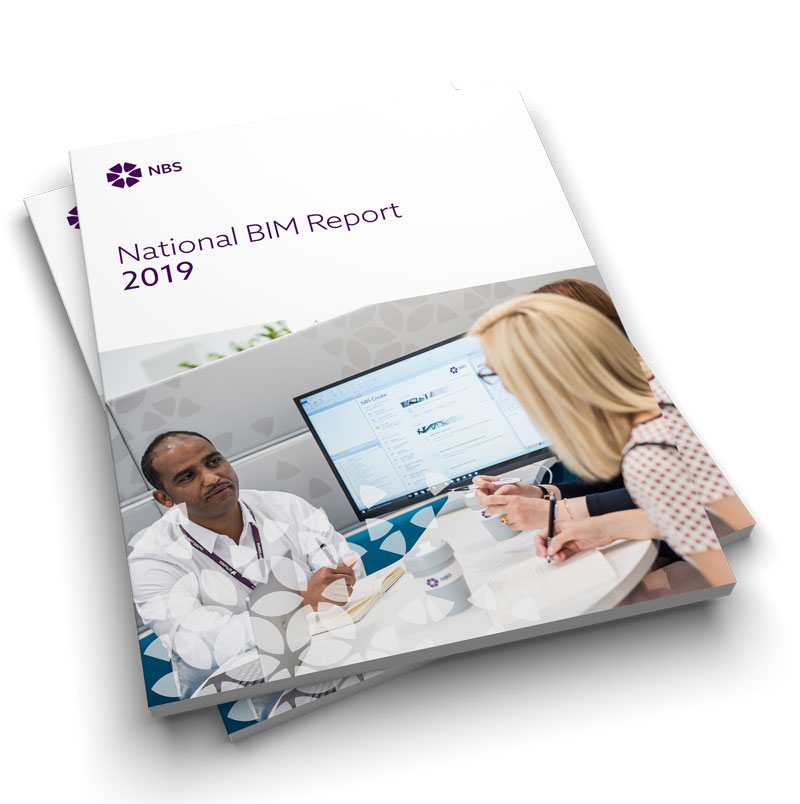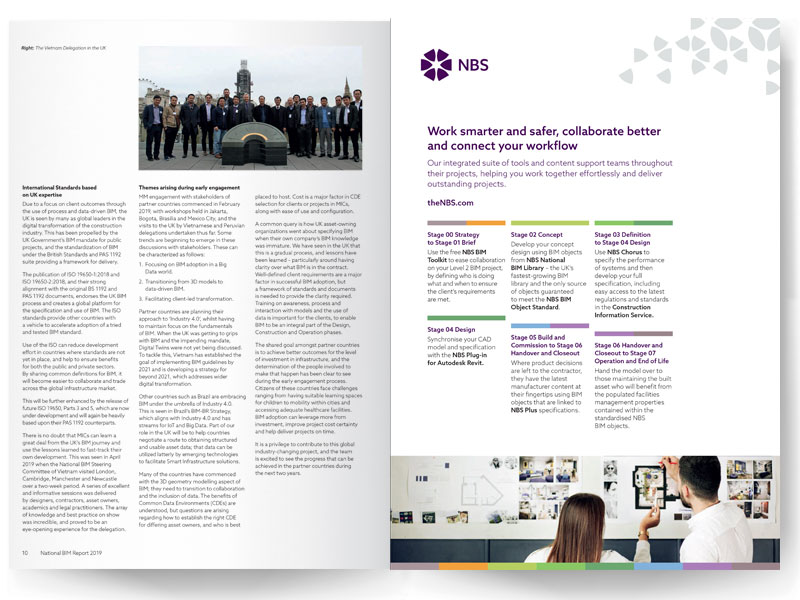In the beginning of April, 2019, National BIM steering Committee of Vietnam visited to London, Cambridge, Manchester and Newcastle over a two-week period. A series of excellent and informative sessions was delivered by designers, contractors, asset owners, academics and legal practitioners. The array of knowledge and best practice on show was incredible, and proved to be an eye-opening experience for the delegation.
The visit was in the framework of the Centre for Digital Built Britain (CDBB) international development programme, that aimed to establish relationships with the governments of the partner countries, including Colombia, Vietnam, Indonesia, Brazil, Mexico and Peru. These countries were considered to be partners with the UK Foreign & Commonwealth Office (FCO) in Cross-Government Prosperity Fund to the BIM delivery methodology via the Global Infrastructure Programme (GIP). They are at differing stages in their BIM journeys.

According to Sean Kearney, Senior Information Consultant of Mott MacDonald, some trends are beginning to emerge in these discussions with stakeholders, such as:
1. Focusing on BIM adoption in a Big Data world.
2. Transitioning from 3D models to data-driven BIM
3. Facilitating client-led transformation

The report remarks that "Partner countries are planning their approach to ‘Industry 4.0’, whilst having to maintain focus on the fundamentals of BIM. When the UK was getting to grips with BIM and the impending mandate, Digital Twins were not yet being discussed. To tackle this, Vietnam has established the goal of implementing BIM guidelines by 2021 and is developing a strategy for beyond 2021, which addresses wider digital transformation"
The report also considers that the large scale investment in infrastructure for data BIM transformation is one of the significant obstacles with the Middle-Income Countries (MICs)
"Many of the countries have commenced with the 3D geometry modelling aspect of BIM; they need to transition to collaboration and the inclusion of data. The benefits of Common Data Environments (CDEs) are understood, but questions are arising regarding how to establish the right CDE for differing asset owners, and who is best placed to host. Cost is a major factor in CDE selection for clients or projects in MICs, along with ease of use and configuration.
A common query is how UK asset-owning organizations went about specifying BIM when their own company’s BIM knowledge was immature. We have seen in the UK that this is a gradual process, and lessons have been learned – particularly around having clarity over what BIM is in the contract. Well-defined client requirements are a major factor in successful BIM adoption, but a framework of standards and documents is needed to provide the clarity required. Training on awareness, process and interaction with models and the use of data is important for the clients, to enable BIM to be an integral part of the Design, Construction and Operation phases."
Taken from: UK National BIM Report 2019
The shared goal amongst the Fund partner countries is to achieve better outcomes for the level of investment in infrastructure, and the determination of the people involved to make that happen has been clear to see during the early engagement process. Citizens of Vietnam and other MICs face challenges ranging from having suitable learning spaces for children to mobility within cities and accessing adequate healthcare facilities. BIM adoption can leverage more from investment, improve project cost certainty and help deliver projects on time.
As well as, the findings of UK's BIM survey this year you will articles from a range of industry perpectives. For reading full of report, please check here